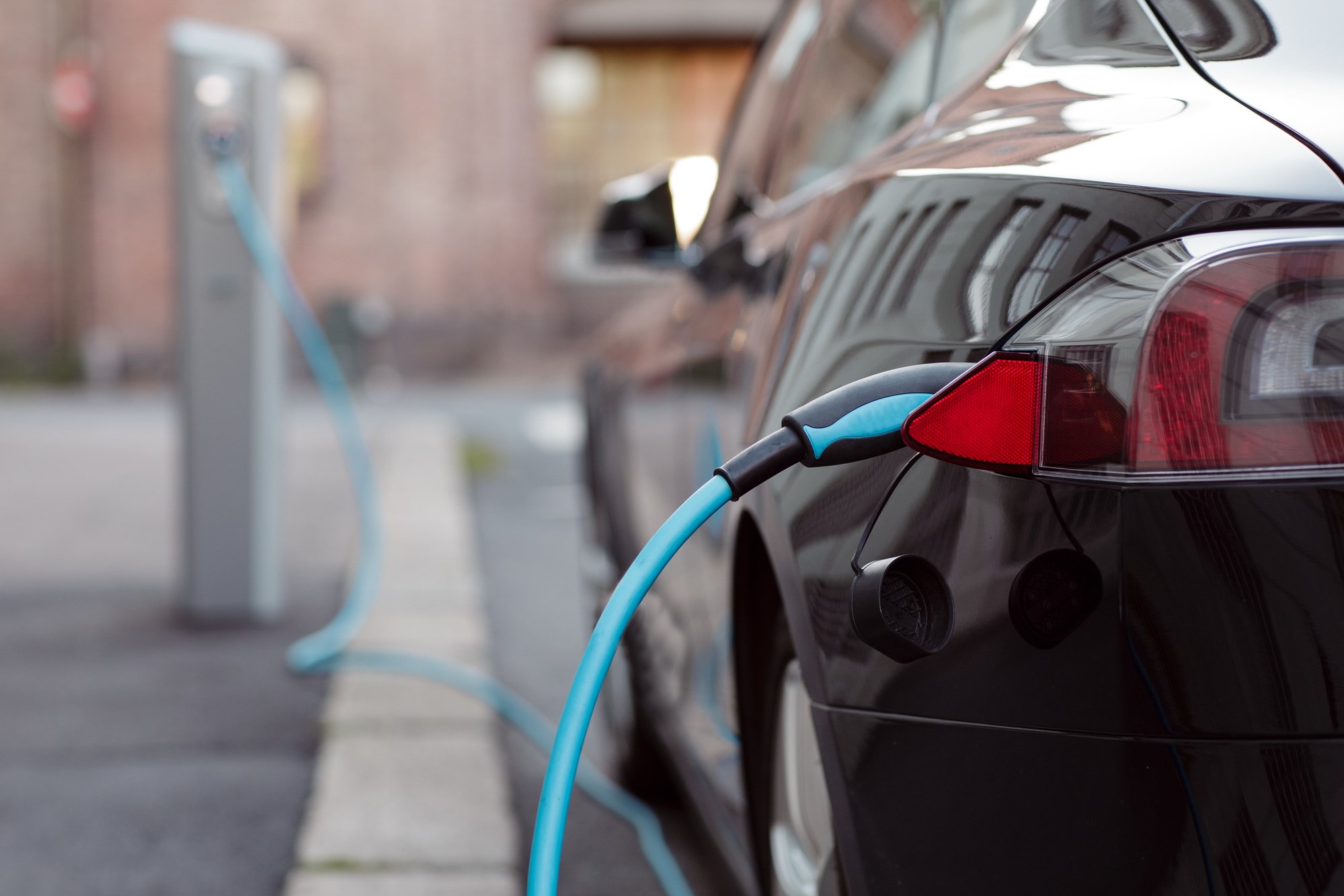EV charging reliability improves, satisfaction slips
Share
Share

Electric vehicle owners in the U.S. are finding it easier to charge their cars — but they’re not necessarily happier about it.
According to J.D. Power’s 2025 Electric Vehicle Experience (EVX) Public Charging Study, the number of failed charging attempts has dropped to its lowest level in four years, a sign that reliability is improving across the public charging network. Just 14 per cent of EV owners reported visiting a charger without successfully charging, down five points from last year.
That progress comes despite ongoing uncertainty around National Electric Vehicle Infrastructure (NEVI) funding, which has faced delays and political hurdles. Still, automakers and charging networks appear to be stepping up, with J.D. Power noting a “concerted effort” to improve the public charging experience.
“While overall satisfaction scores decline this year, our data shows clear improvement in the reliability and success of public charging — a promising sign of progress for the industry,” said Brent Gruber, executive director of the EV practice at J.D. Power.
Despite better reliability, satisfaction with public charging has dipped. DC fast chargers scored 654 out of 1,000, down 10 points from last year, while Level 2 chargers dropped seven points to 607. The biggest pain point was cost.
Satisfaction with charging costs fell sharply, with DC fast chargers scoring just 430 and Level 2 chargers at 459. Gruber pointed to rising electricity rates and the end of free charging incentives as key factors.
“However, as the infrastructure market evolves and electricity rates rise, charging prices have increased significantly in some cases, directly affecting the overall EV ownership experience,” he said.
Non-Tesla owners using Tesla Superchargers also reported lower satisfaction, citing a mismatch between cost and experience.
Still, Tesla’s Supercharger network continues to lead the DC fast charging segment with a score of 709, despite a 22-point drop. But it’s no longer alone at the top. New OEM-operated networks, including Mercedes-Benz, Rivian and Ford, matched Tesla’s score, though they weren’t ranked due to limited footprint. Third-party providers averaged a score of 591.
First-time EV owners reported higher satisfaction than experienced drivers. Among Level 2 users, satisfaction was 610 for newcomers versus 592 for veteran owners. The gap was smaller for DC fast chargers, with scores of 654 and 648, respectively. J.D. Power suggested that long-time owners may have higher expectations that aren’t being met.
“Improving reliability, ease of use and addressing cost concerns are among a multitude of factors at play that must be prioritized to enhance the overall public EV charging experience,” he said. “Faster does not always mean better.”
Image credit: Depositphotos.com
Leave a Reply